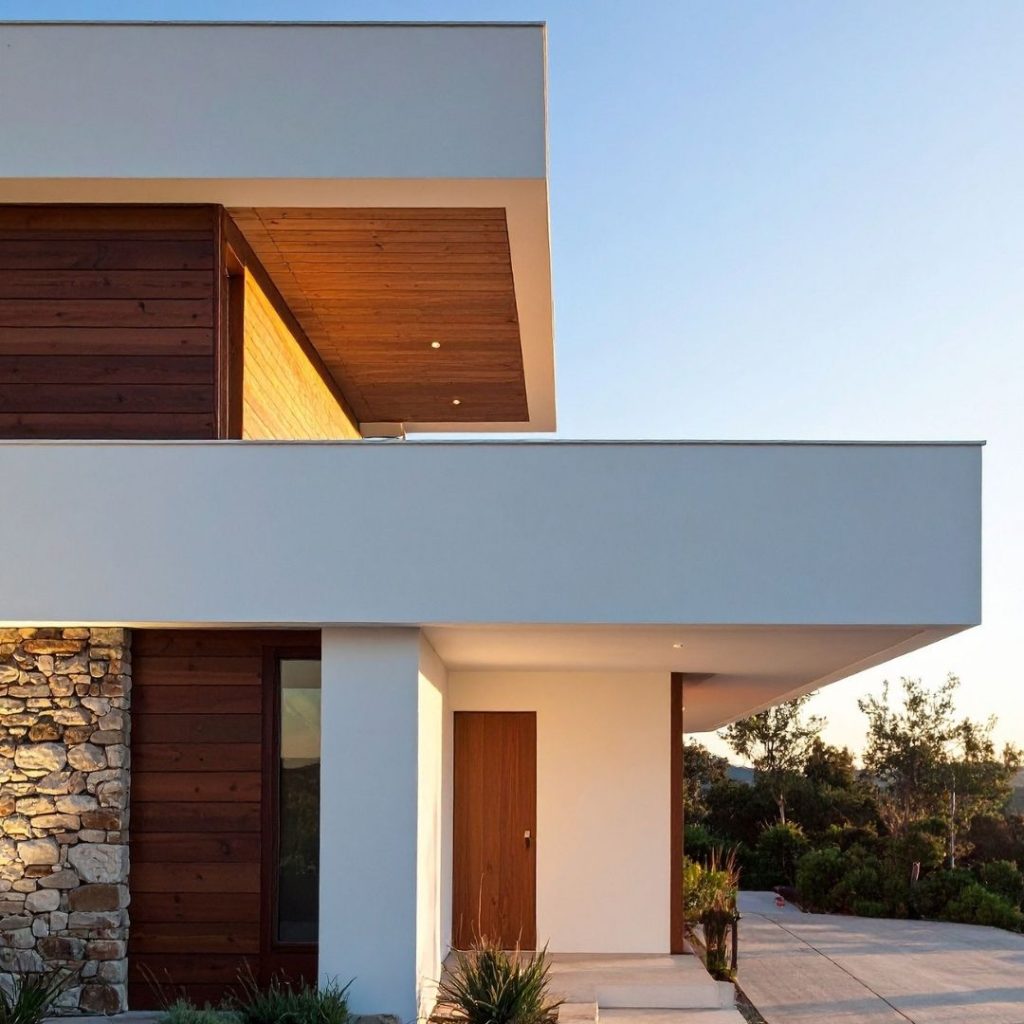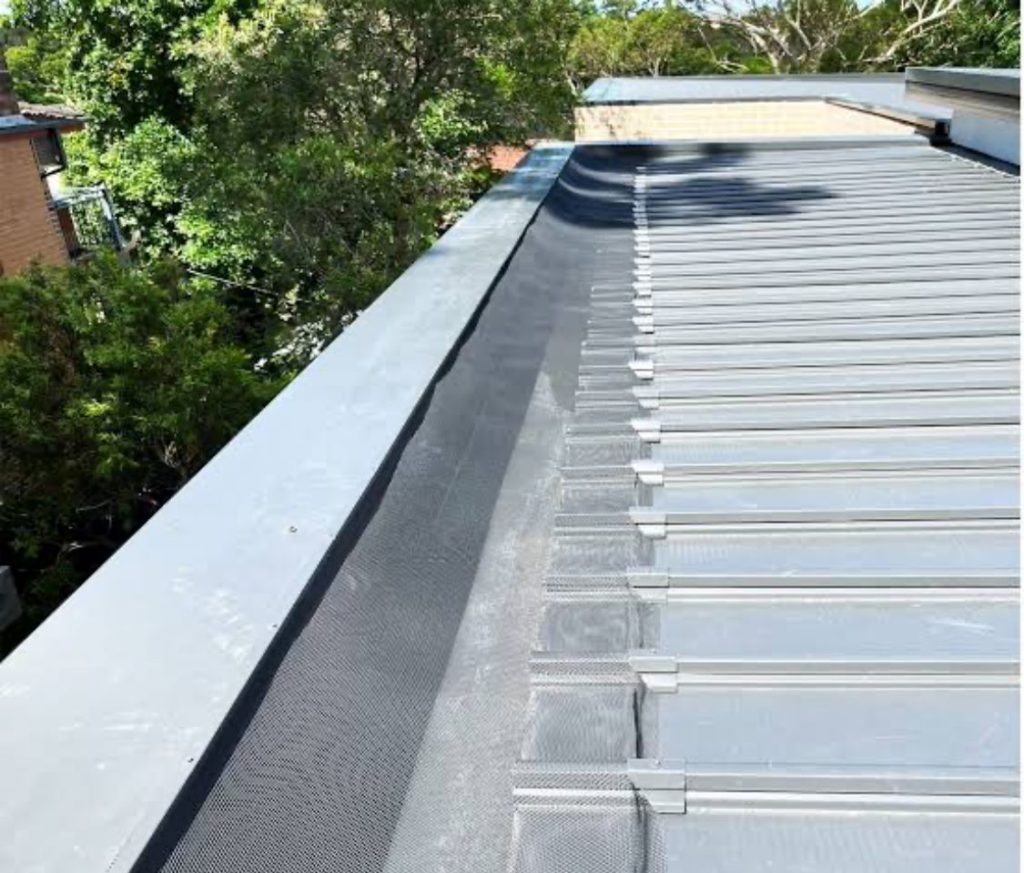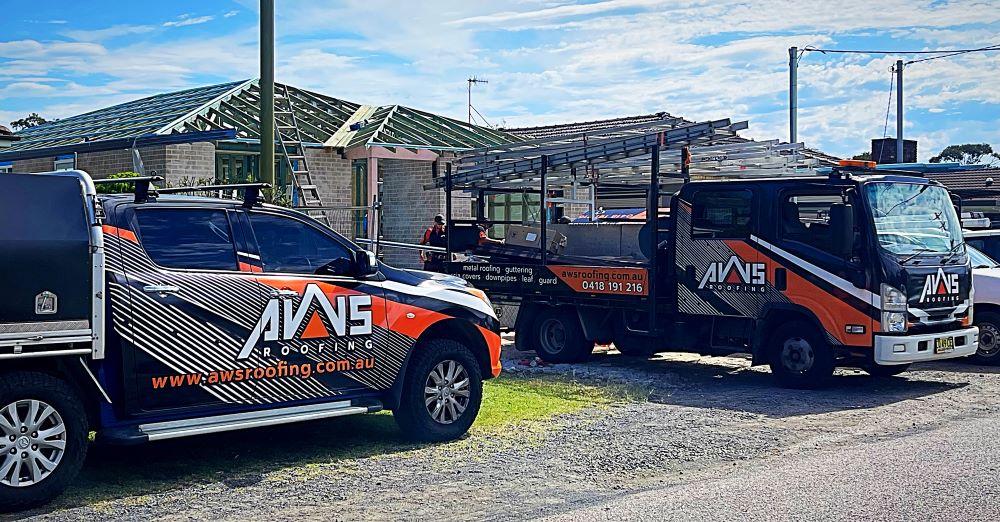In the realm of modern home design, concealed gutters, commonly referred to as box gutters, are gaining traction in the Central Coast, Newcastle, and Hunter regions of Australia. Their sophisticated, hidden configuration seamlessly integrates with contemporary flat and low-pitch roofing styles, which are increasingly preferred in duplexes, townhouses, and modern residential constructions. This preference highlights a shift towards designs that emphasize aesthetics without compromising functionality.
The architectural trends of today favour a clean, minimalist appearance, where a clutter-free roof edge is paramount. This makes concealed gutters the go-to option for homeowners and builders alike. Not only do they provide a visually appealing solution, but they also excel in effectively managing rainwater, ensuring that homes remain dry and protected from the elements.
But what exactly are box gutters, and in what ways do they differ from conventional gutters?

What Are Box Gutters and How Do They Function?
As the term implies, box gutters are designed as a “boxed-in” gutter system, integrated into the roofing structure instead of being mounted on the edge. These gutters are typically located between two sections of the roof or behind a parapet wall, rendering them invisible from ground level. This innovative design offers a significant aesthetic advantage, fostering a smooth, minimalist appearance that aligns perfectly with the sleek lines of modern homes and commercial edifices.
This discrete approach not only enhances the visual appeal but also aligns with the growing demand for architectural styles that embrace simplicity and elegance. Homeowners appreciate the seamless integration that box gutters provide, merging functionality with cutting-edge design.
Box Gutters Compared to Traditional Fascia Gutters
The gutters most frequently seen on Australian residences are fascia (or eaves) gutters. These gutters are attached directly to the fascia board that runs along the roof's edge, making them visible from outside. While practical, fascia gutters can suffer from issues such as rust, sagging, or becoming visually outdated over time.
In contrast:
- Box gutters are ingeniously concealed within the roof structure, remaining hidden from view.
- Fascia gutters are exposed and form part of the visible trim along the roofline.
- Box gutters are designed to manage larger volumes of water, making them ideal for commercial buildings or homes with multiple roof sections.
Although fascia gutters are more common, concealed box gutters are increasingly preferred in modern architectural designs due to their seamless appearance and superior capacity for handling rainwater.
How Do Concealed Gutters Function Efficiently?
Box gutters are engineered to collect rainwater from adjacent roof sections and channel it towards sumps and downpipes integrated into the system. Given their location within the roofing structure, precise design and installation are paramount for their effectiveness.
A qualified installer ensures:
- Correct fall and gradient for optimal drainage
- Implementation of overflow measures to prevent water ingress during heavy rainfall
- Use of durable materials such as Colorbond® or Zincalume® steel to withstand corrosion
Improper installation or neglecting to incorporate adequate overflow systems can lead to significant roof and ceiling damage. Therefore, it is crucial to engage licensed roofing specialists for installation.

Why Are Concealed Gutters a Smart Choice for Homeowners?
Many homeowners are increasingly opting for concealed gutters due to both aesthetic and practical advantages.
The benefits of concealed gutters include:
- A clean architectural look with no visible guttering disrupting the roofline
- A larger capacity for managing heavy rainfall and multiple roof drainage systems
- Enhanced wind resistance as they are sheltered within the roof structure
- A reduction in visual clutter, making them ideal for modern or minimalist designs
What Are the Potential Drawbacks of Box Gutters?
While box gutters are highly effective, their installation can be more complex compared to traditional guttering systems.
- They necessitate precise design to prevent issues such as overflow or pooling of water.
- Repairs or replacements can be more challenging, as removing roof sheets may be required for access.
- Regular maintenance is crucial—keeping outlets and overflow systems clear is essential to ensure longevity.
When Is It Time to Replace or Upgrade Your Box Gutters?
Over time, box gutters can corrode or fail, particularly if debris or water is trapped within the system. Common indicators that replacement may be necessary include:
- Water stains or leaks appearing along internal ceilings or walls
- Rust marks or bubbling paint observed near parapet walls
- Overflow issues during heavy rain
Often, homeowners consider upgrading their concealed gutters during a roof replacement or guttering project, which allows for enhanced design and improved long-term performance.

Why You Can Rely on AWS Roofing for Expert Concealed Gutter Installation
With over 20 years of experience, AWS Roofing specializes in designing and installing box and concealed gutter systems that adhere to Australian Standards. Our team is committed to ensuring the correct fall, sump placement, and outlet sizing—critical factors for achieving a watertight and durable installation.
Whether you are constructing a new home or upgrading your current guttering system, our professional team is ready to assist you!
Contact us today for expert guidance and service.
Concealed Gutters (Box Gutters) What They Are and How They Work


